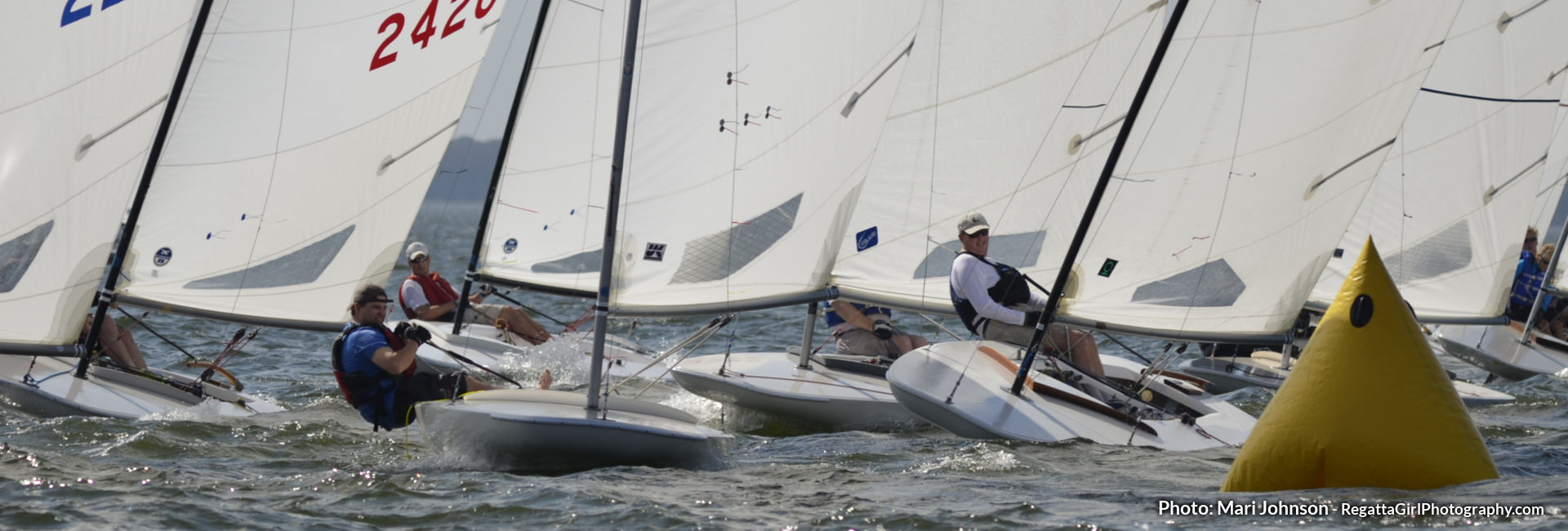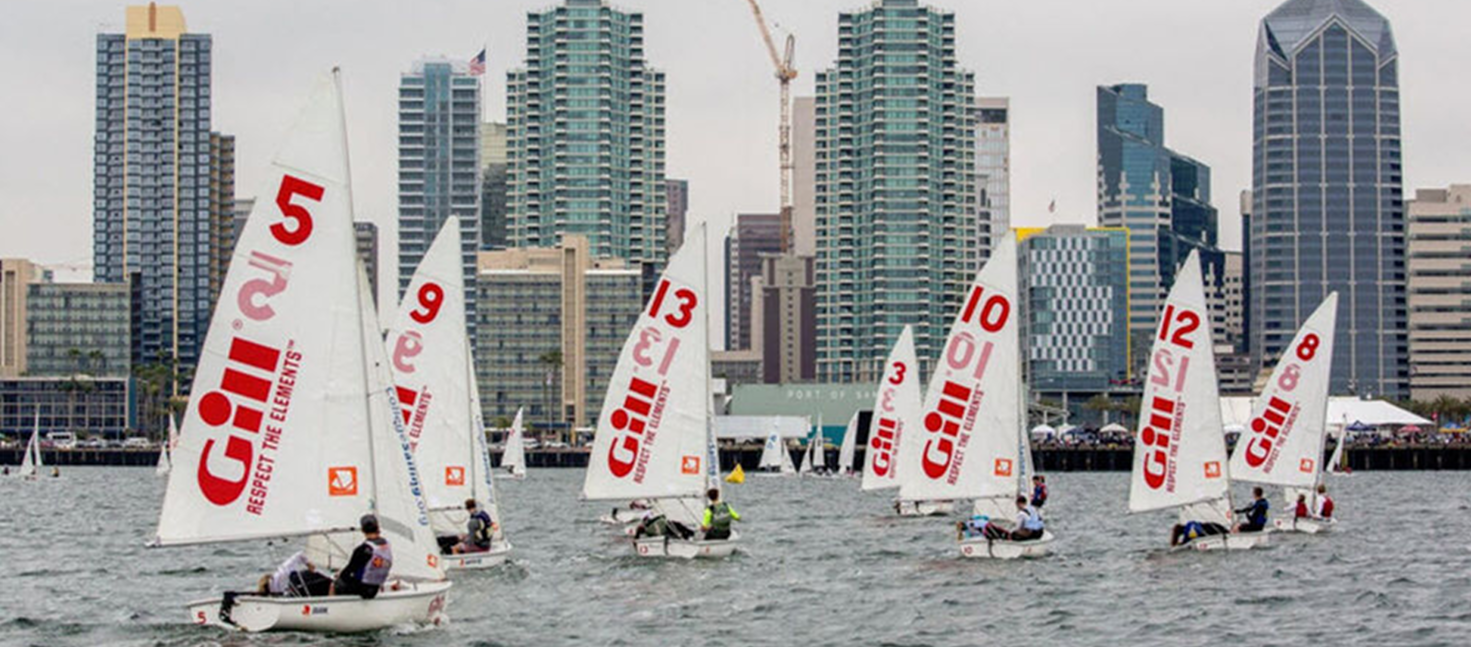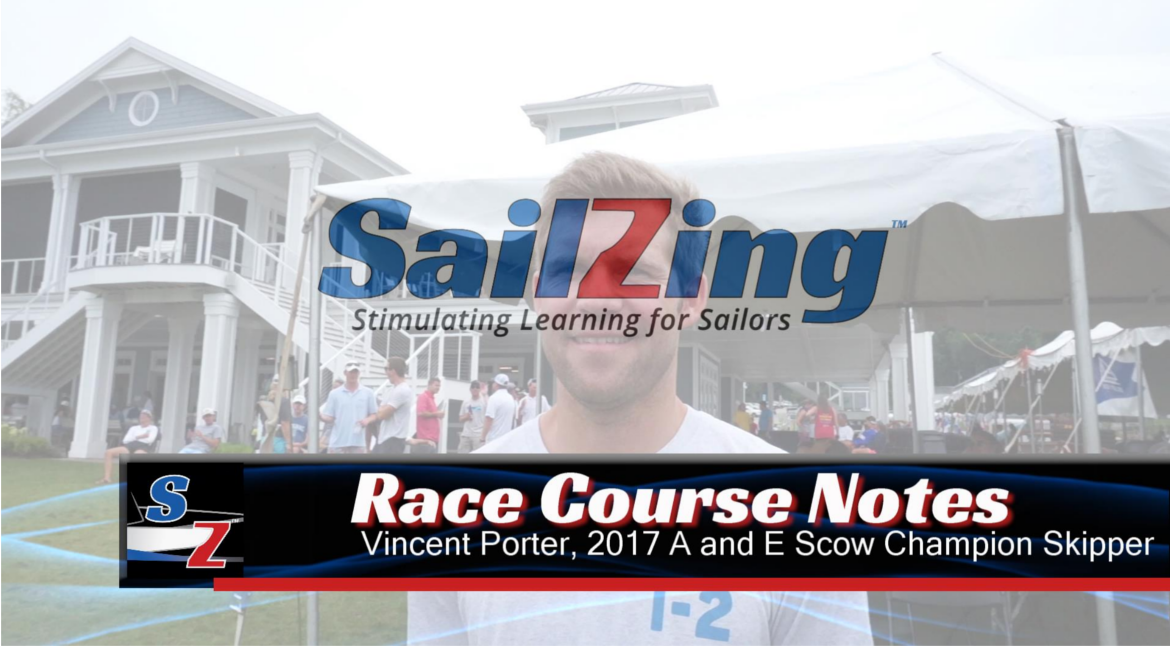The great helms[people] are those who are able to recognize the imminence of major mistakes and act to avoid them or prevent them from reaching major proportions.
Stuart Walker in Advanced Racing Tactics
How do you learn to avoid major mistakes? The best way is to record your mistakes after each race. Then reflect on why you made them and how to prevent them from happening again. This post might help you in that process by discussing the most common major mistakes.
We reviewed several sources and made a list of common errors. We narrowed the list to twelve based on two criteria: 1) potential for the highest negative impact on results, and 2) reasonably within the sailor’s control. Then we added tips on how to recognize them early and react. Here are our candidates.
#1. Equipment breakdowns
How long has it been since you went over all your equipment? Equipment breakdowns are often race-ending. Fortunately, they are normally preventable, if you routinely take the time to inspect, repair, and replace as needed. See our post on preventing breakdowns.
#2. Too tired
Many sailors have told me they didn’t do well in a race because they were tired, cramped up, hungover, or weak. These issues are totally within your control and are easily prevented. For more on this, see our posts on fitness and nutrition.
#3. Strategically ignorant
You should be really worried if you start a race without having gathered some key strategic inputs. Failure to take advantage of one or more of these inputs can put you behind right away, even with a good start.
If you don’t have at least the following answers, scramble to collect them before it’s time to line up for the start.
- average wind direction
- initial lifted tack
- upwind end of the line
- visible pressure variations or shifts across the course
- strategic priorities based on type of breeze
For more, see our post on pre-race routine.
#4. Over early
In a big fleet with a long line, being called over early can be a disaster. Here are some tips to avoid or mitigate being called OCS.
- Have a radio so you can hear the RC
- Get a line sight so you know where you are
- Don’t set up too close to the line
- Don’t reach down the line in front of close-hauled boats
- Only push the line hard when you are covered by boats on either side
- React early when a bad start or OCS is imminent
- Have a re-start plan
For more, see our post on Execute the Start.
#5. Dirty air after the start
It’s a sure bet that you will lose many boats and lots of ground if you wallow in dirty air after the start. If you’re in dirty air, you must react, but not thoughtlessly. You need a clear lane to tack into. In How To Recover from a Bad Start (Sailing World), Andy Horton goes through several options.
#6. Headed tack
Being out of phase with the wind shifts is a quick way to lose boats. Here are several clues that indicate you may be out of phase.
- Boats on the opposite tack are pointing closer to the mark
- Boats on the opposite tack try to wave you across
- You don’t know the average compass headings on each tack, or don’t have a shore reference for the lifted tack
- You get headed and don’t think about tacking
The simple response when you’re out of phase? Tack. For more, see our post Sail the Lifted Tack – How and When?
#7. Missed major advantage
It’s sickening to see a pack of boats find a major shift or wind line and obliterate your position in the race. Sometimes this is just bad luck, but better to view it as mistake and learn from it, especially if you were unaware of clues or failed to react. Here are three ways to avoid this mistake.
- Keep using all the clues for advantages: wind on the water, other boats, clouds, etc.
- Be smart about positioning
- Don’t be furthest to a side
- Consolidate when able
- Avoid the middle in light air
- React if you recognize an advantage, but be judicious
- You don’t have to get there in one tack
- Just getting closer may be all you need to avoid disaster
- Don’t cross the course without adequate speed
For more, see our post on Upwind Strategy Checklist.
#8. Downspeed lapses
Don’t let distractions interfere with your first job, which is to sail the boat fast. Be on guard for the following down-speed situations:
- Light air and lulls
- Approaching marks (especially leeward mark)
- Prior to tacks
- Waves
- Nearby boats
- Frustrated or worried about competitors or previous mistakes
For more, see our posts on upwind handling and performance and downwind handling and performance.
#9. Lose track of the mark and laylines
Losing track of the mark and laylines almost always results in a loss. If you sail past the layline, you will sail extra distance to the mark. If you get to the layline too soon and the wind changes at all, you either sail extra distance or need an extra tack.
Avoid this mistake by paying particular attention to locating the mark and laylines in the last half of the course. For more on this, see our post on Sail the Long Tack.
#10. Let go of boats behind
Don’t ignore your competitors once you have passed them. If they split from you and start making gains, you have to decide whether to cover. On the final leg, not covering close competitors is usually a mistake. Earlier in the race, there are other factors to consider. For more, see our two-part series on covering tactics.
#11. Fouls, Collisions
Fouling other boats and getting fouled both result in losses, especially if the foul includes boat damage or capsizes. You can almost always avoid fouling other boats, and you often avoid being fouled. Focus on the following:
- Know the rules. See our rules posts and quiz.
- Maintain situational awareness – what boats are nearby?
- Anticipate situations and plan ahead. Common areas are starts, crossing situations, and mark roundings.
- Practice boat handling to stay in control of your boat: tacks, gybes, mark roundings, ducks
- Avoid close encounters when possible; avoid collisions at all costs, even if you have right-of-way. See Rule 14.
- Communicate with nearby skippers
#12. Capsizes
Always a losing proposition. See our three-part series on avoiding capsizes.
Inconsistent Performance?
If you have a consistency problem, it might be due to major mistakes. Do some reflection and try to focus on one or two frequent problems. Then learn to recognize it and react before it becomes an issue.





